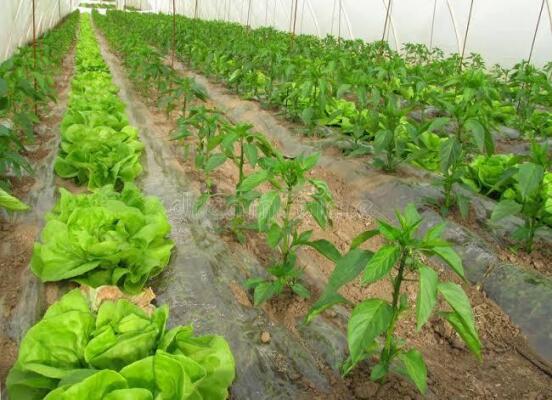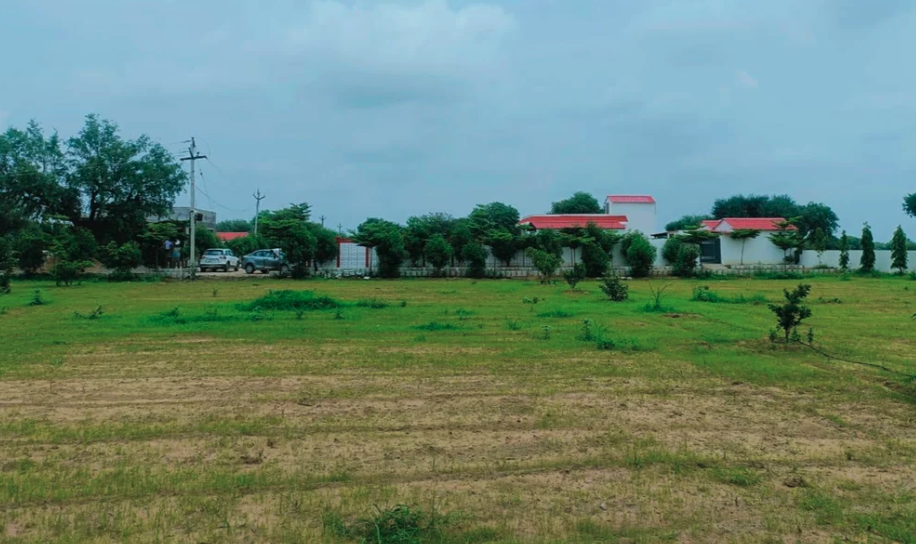Co-operative Farming
Co-operative Farming: A Path to Sustainable Agriculture
Over generations, land has been divided repeatedly, leaving farmers with smaller plots that are difficult to cultivate profitably. Many of these farmers, burdened by mounting debt, struggle due to unpredictable yields, natural disasters, water scarcity, and ongoing disputes over land boundaries.
To overcome these challenges, we must embrace the model of Co-operative Farming — much like the successful AMUL Co-operative Society.
The Vision
Let us encourage the formation of co-operative farms across hundreds of acres, where:
- Each farmer becomes a stakeholder, with a share equivalent to the size of their original land.
- Large consolidated farms reduce wastage of land caused by boundaries and passages.
- Collective cultivation enables the production of grains, pulses, vegetables, fruits, and flowers.
- The co-operative can manage a Gaushala, using cow dung and urine as natural fertilizers to enhance soil health and crop yield.


Shared Resources, Greater Returns
A well-planned co-operative farming society can also maintain:
- Cold storage facilities for perishables
- Tractors and ploughing equipment
- Trolleys and tempos for transportation of produce
With the mantra “Produce, Store, and Sell,” these societies will move toward self-sufficiency and profitability.
Farmers will also benefit from:
- Scientific agricultural advice
- Bank loans and subsidies
- Market linkages and fair pricing
Reclaiming Pride in Agriculture
As productivity and profitability rise, young people will see agriculture not as a burden but as a viable, dignified profession. Co-operative farming can revive rural economies, reduce farmer suicides, and restore pride in our agricultural heritage.
Let us move forward together—for our farmers, our youth, and our nation’s future.
Unity in the field is strength in the yield.

